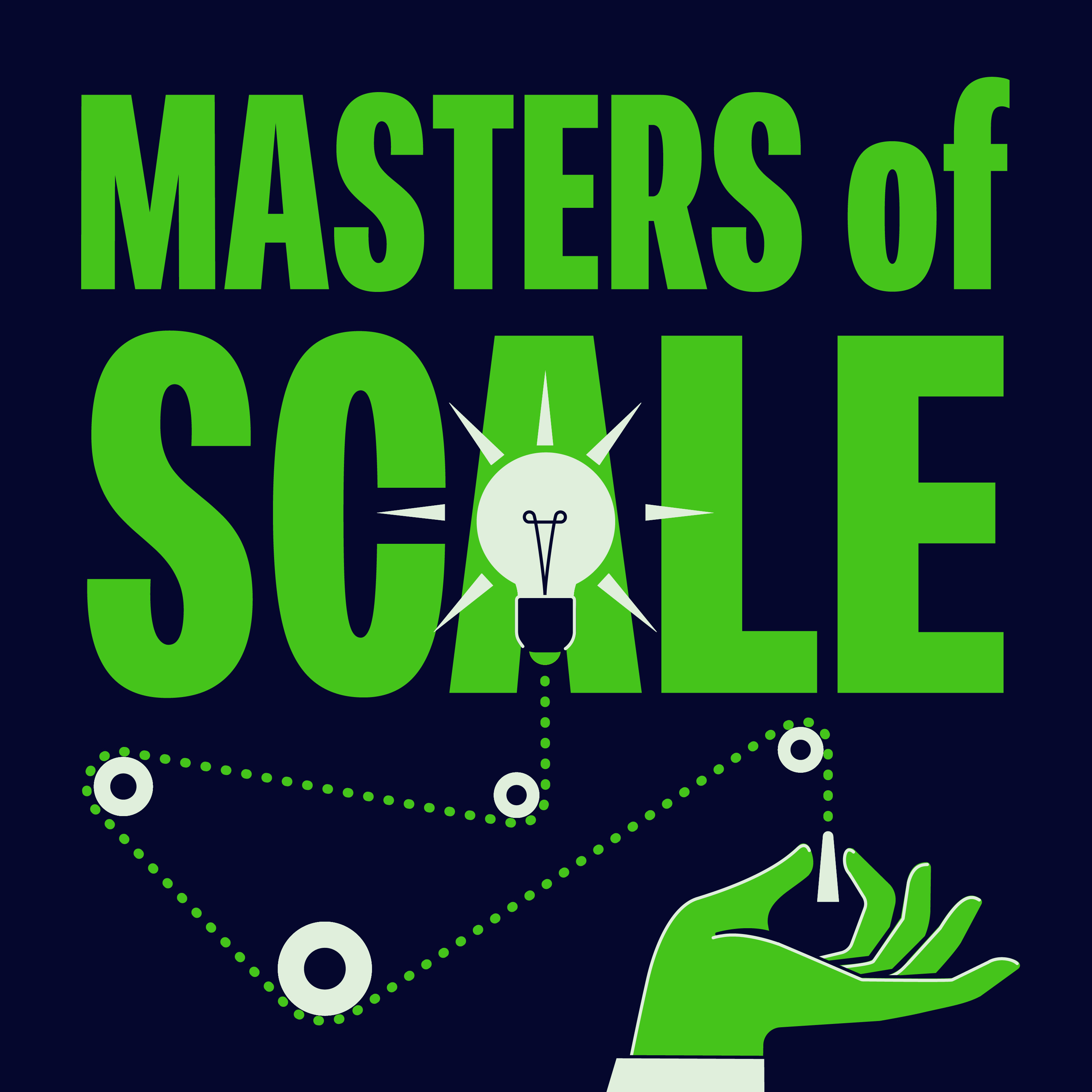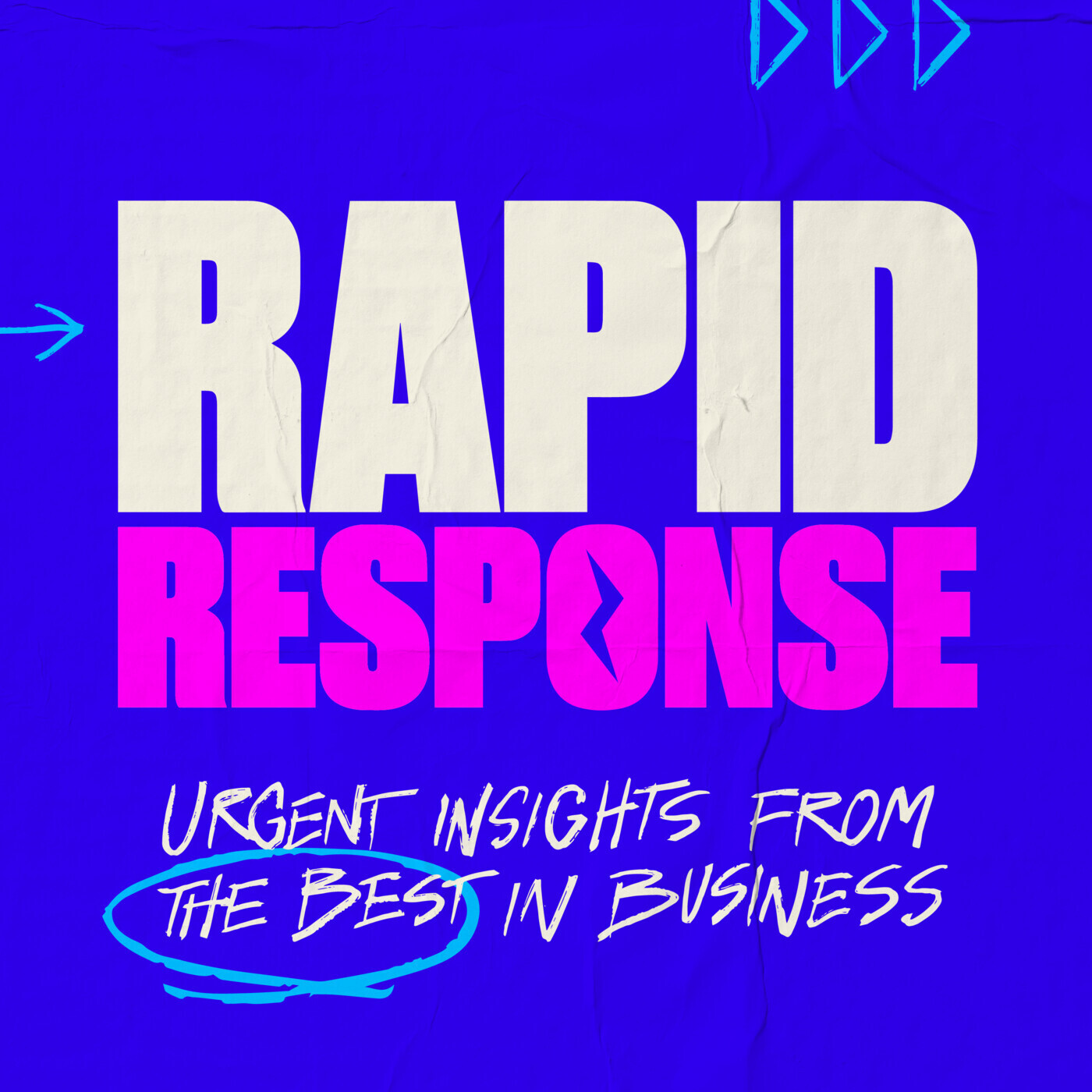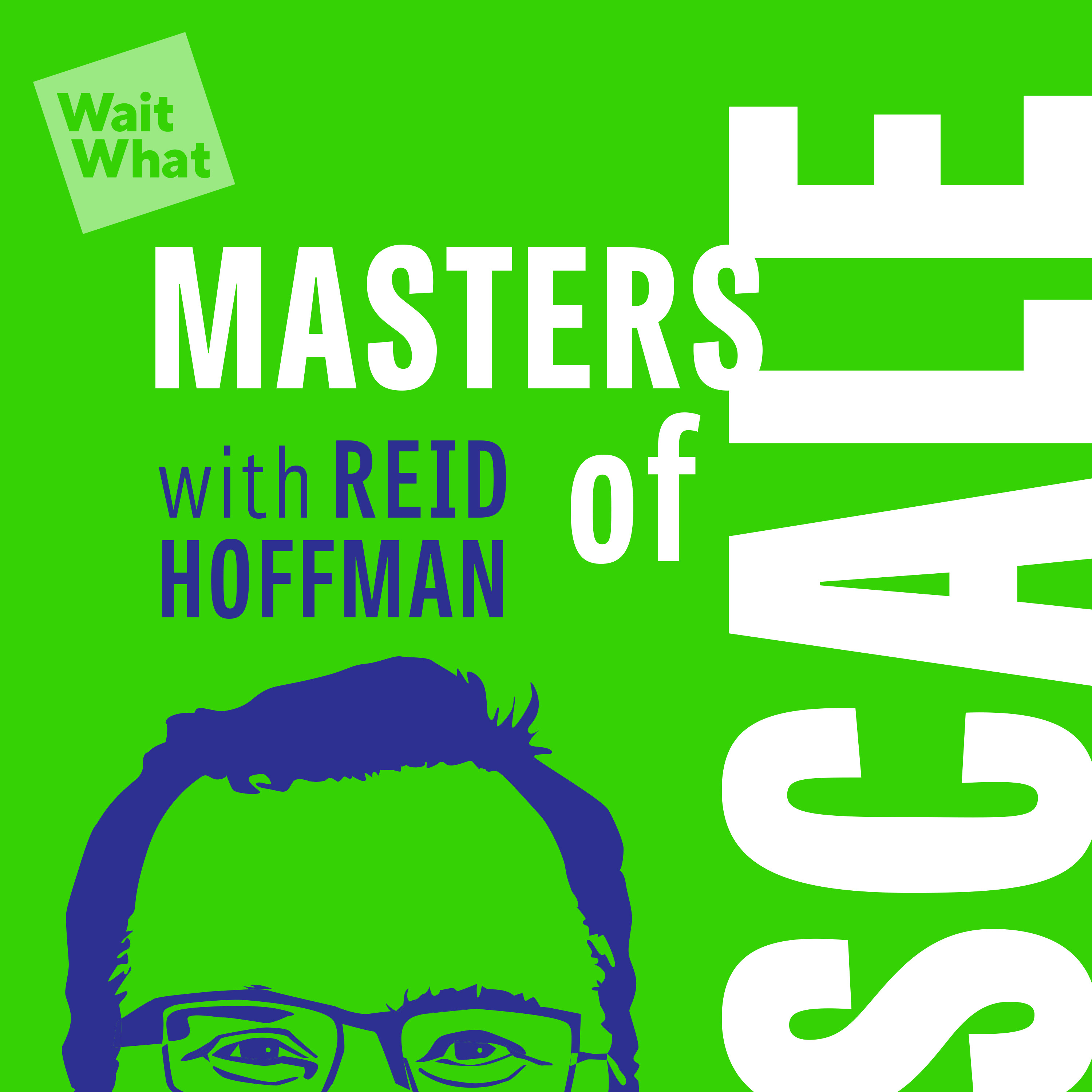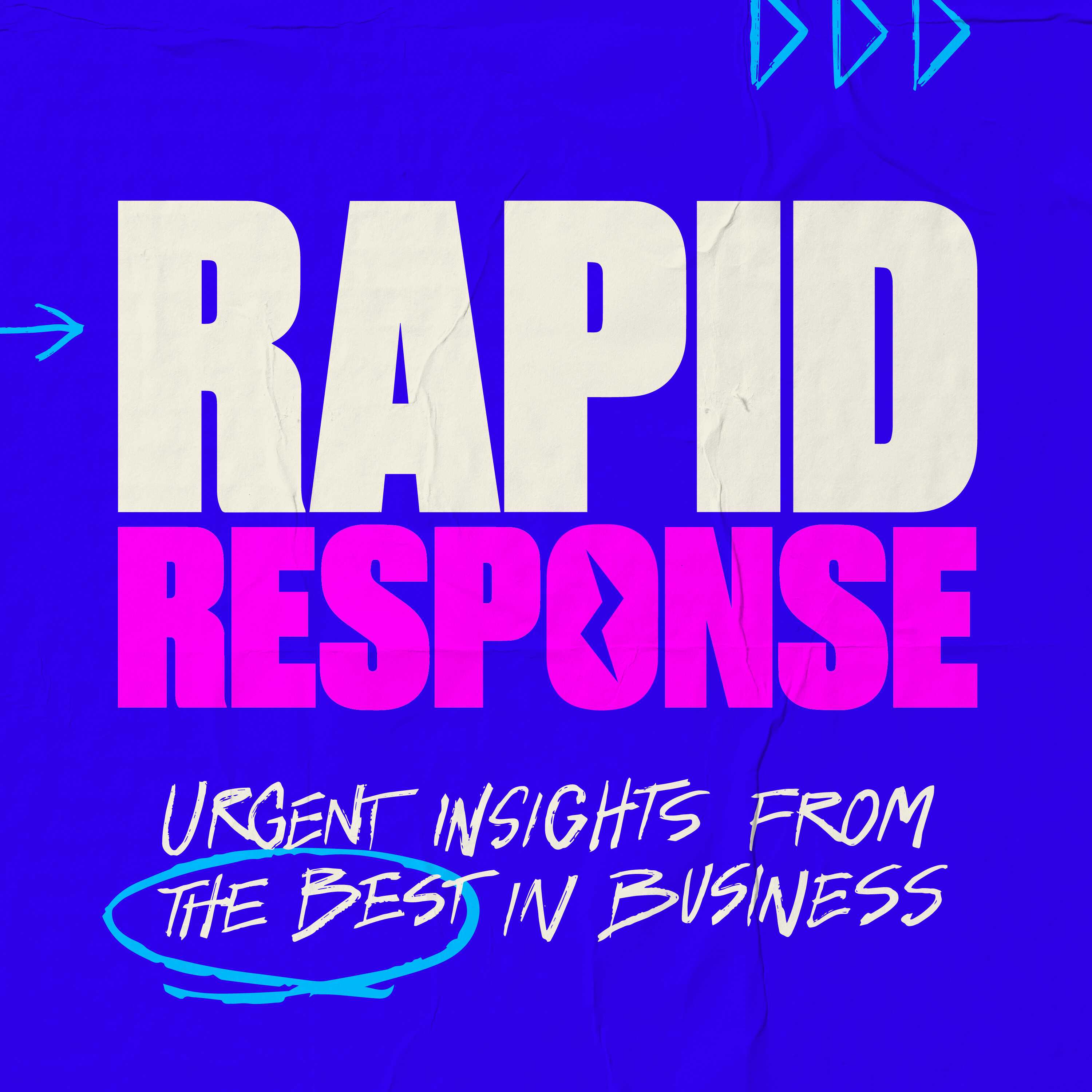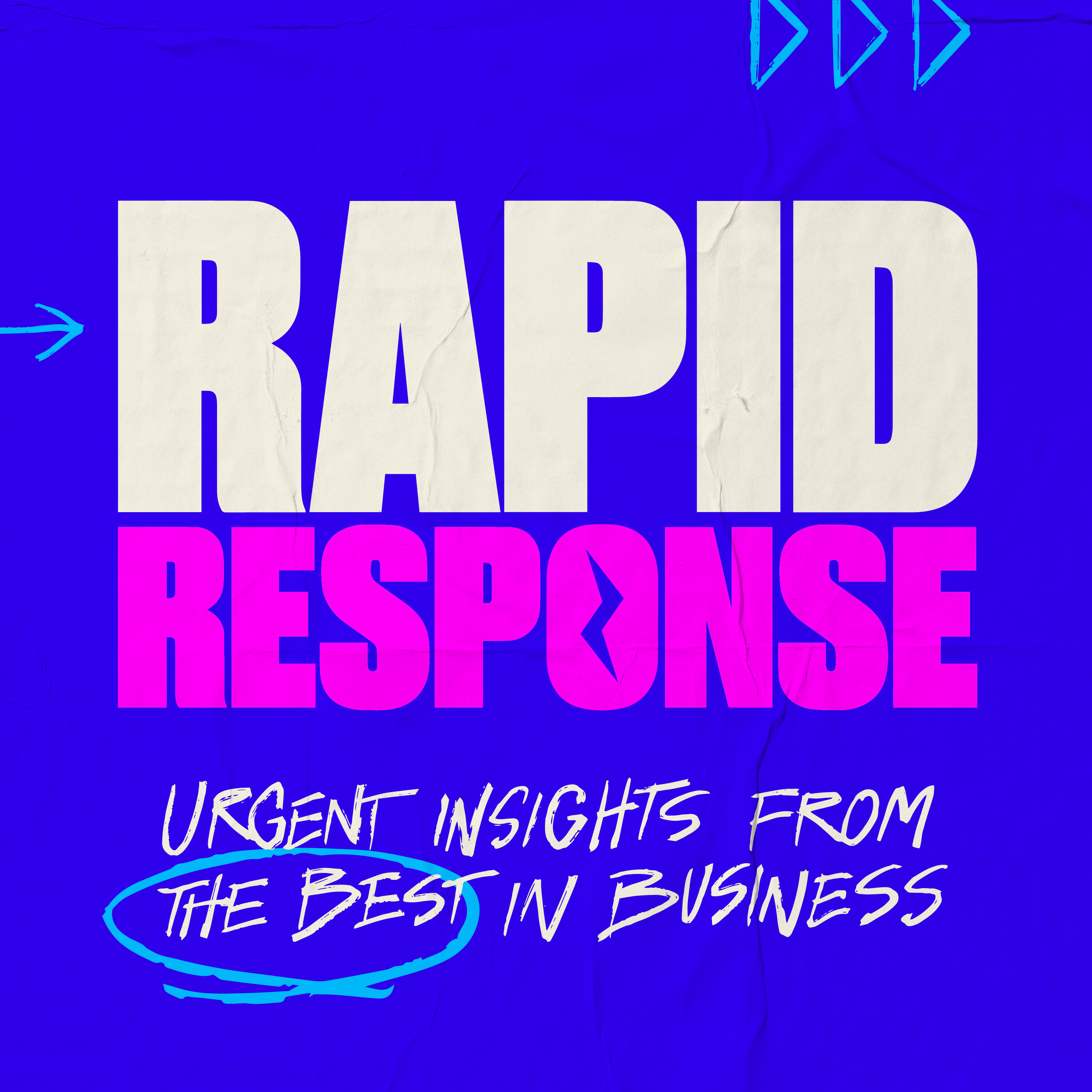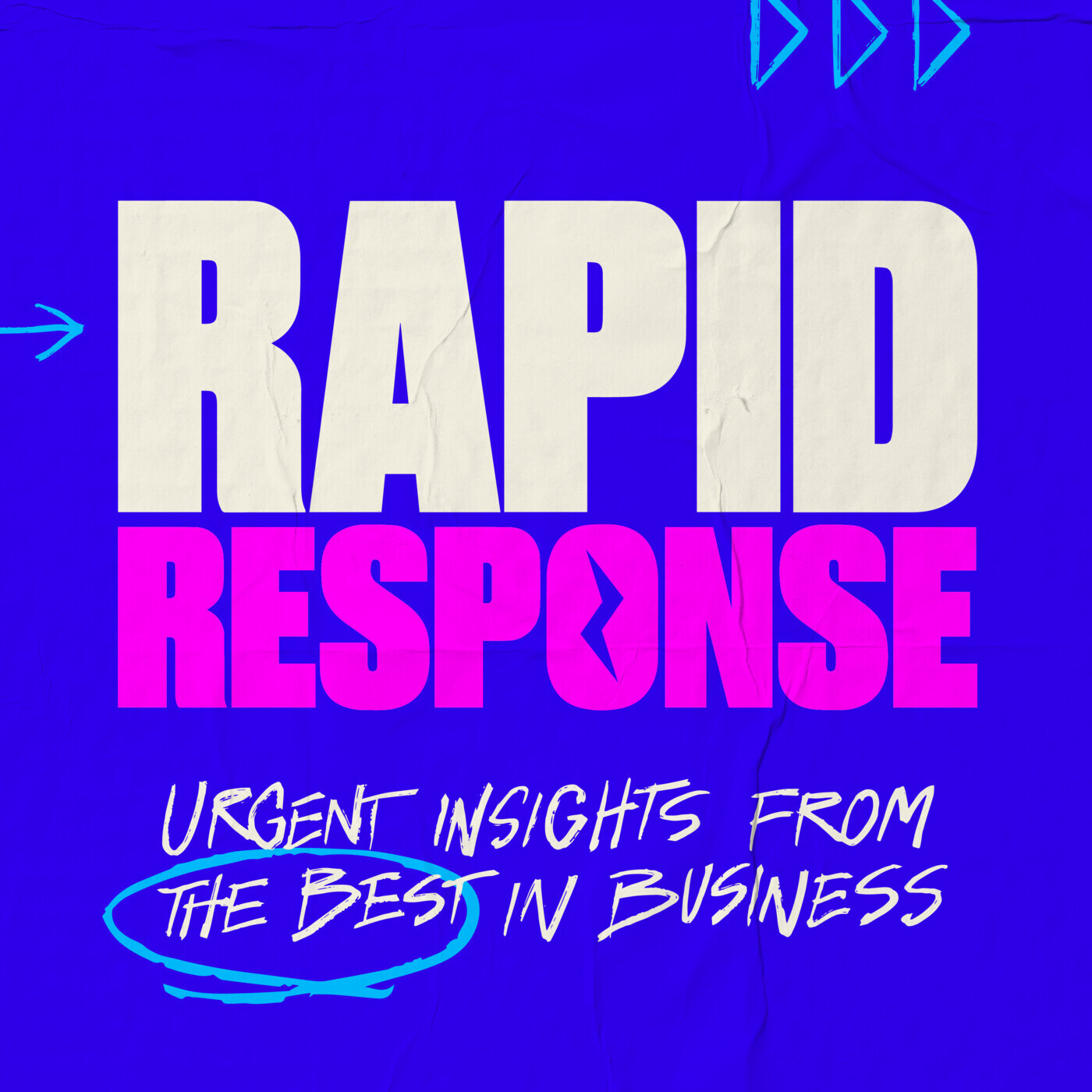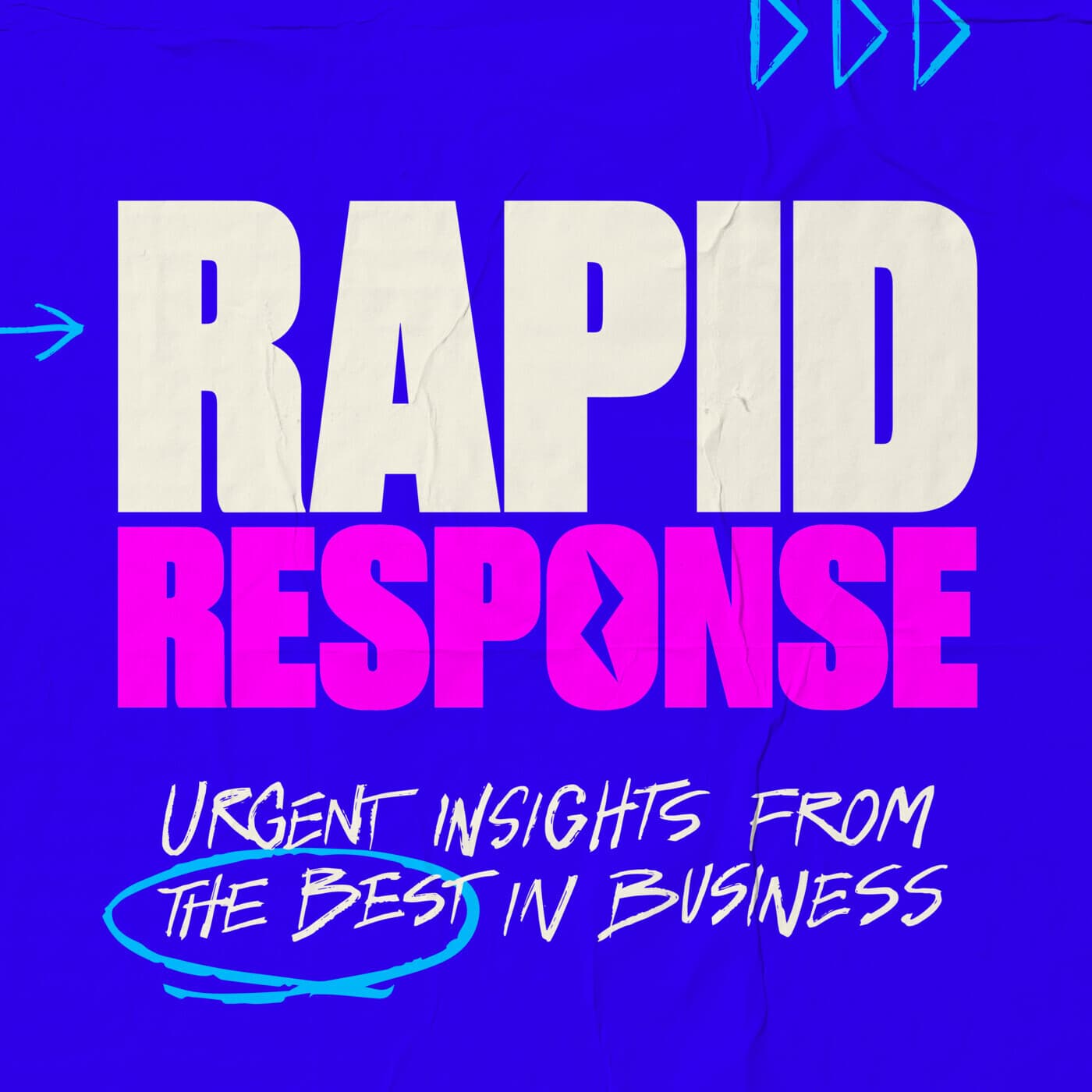
December 24, 2024 • 31min
Replay: How Barstool Sports’ ex-CEO cooks up attention, with Food52’s Erika Ayers Badan
Masters of Scale

Key Takeaways
- Community building is critical but requires different approaches for different audiences - Barstool Sports and Food52 both succeed through community but with very different styles and demographics
- Leadership transparency has pros and cons - running Barstool with "cameras always on" created accountability but also required developing a thick skin
- Saying "no" is often better than saying "yes" - it shows clarity of vision and protects priorities
- Media business evolution requires constant reinvention of both content and business models
- Authenticity and personality are increasingly important for building engaged audiences
Introduction
Erika Ayers Badan, current CEO of Food52 and former CEO of Barstool Sports, shares insights from her dramatic career pivot from leading a controversial sports media brand to heading a lifestyle media company. She discusses the challenges and opportunities in building community, managing controversy, and evolving media business models.
Topics Discussed
The Barstool to Food52 Transition (03:54)
Badan describes the stark contrast between Barstool Sports and Food52, while highlighting their fundamental similarities:
- Barstool Sports was "wild, free, creative, disruptive" with explosive growth from $5M to $300M in revenue
- Food52 is more polished and professional but shares a foundation built on community engagement
- Common threads include:
- Community-centered approach
- Mix of commerce and content
- Need for authentic personalities
Building Different Types of Community (08:19)
Badan explains the contrasts in community building between the two companies:
- Barstool audience averaged 22-23 years old, recruited heavily from colleges
- Food52 audience skews older, more professional, includes established chefs and industry veterans
- Content approach differences:
- Barstool: daily reinvention, immediate reaction to current events
- Food52: more structured, requires planning but needs more personality
Managing Controversy and Public Perception (21:45)
Badan addresses how she handled Barstool's controversial reputation:
- "When I took the job, I had a lot of people in my network be like, you just committed career suicide"
- Reality vs. Perception:
- Found Barstool to be "least sexist" workplace compared to previous corporate experiences
- Maintained all-female executive team for majority of tenure
- Strategy: Focused on building professional environment and durable business system rather than constant apologies
Leadership Under Scrutiny (16:37)
Badan shares insights about leading with constant public visibility:
- Reality show environment with cameras and mics everywhere
- Impact on leadership style:
- Developed thicker skin
- Became more guarded
- Learned to communicate differently
- "If I hadn't worked at Barstool Sports, I never would have written a book"
Media Business Evolution (26:16)
Badan discusses the challenges and opportunities in today's media landscape:
- Current state: "Not sustainable the way it works now"
- Key challenges:
- Constant content creation demands
- Need for platform-specific content
- Evolving business models
- Success factors:
- Early adoption of new platforms
- Personality-driven content
- Authentic engagement
The Power of Saying No (32:35)
Badan emphasizes the importance of strategic rejection:
- "No is really the second best answer to yes. And sometimes a better answer than yes."
- Benefits of saying no:
- Creates clarity of vision
- Protects priorities
- Forces better solutions
- Decision-making approach: Prefers fast, clear nos over prolonged maybes
Future of Food52 (29:22)
Badan outlines her vision for Food52's evolution:
- Content strategy:
- Introducing more personality-driven content
- Creating behind-the-scenes content
- Maintaining cameras-on approach
- Leadership approach:
- Hands-on involvement in content creation
- Testing new formats personally
- Bringing fresh perspective to traditional category
Conclusion
Erika Ayers Badan's journey from Barstool Sports to Food52 illustrates the evolving nature of media leadership and community building. Her experiences highlight the importance of authenticity, strategic decision-making, and constant adaptation in today's media landscape. While the specific approaches may differ between brands, the fundamental principles of strong community engagement, clear vision, and willingness to innovate remain constant.
